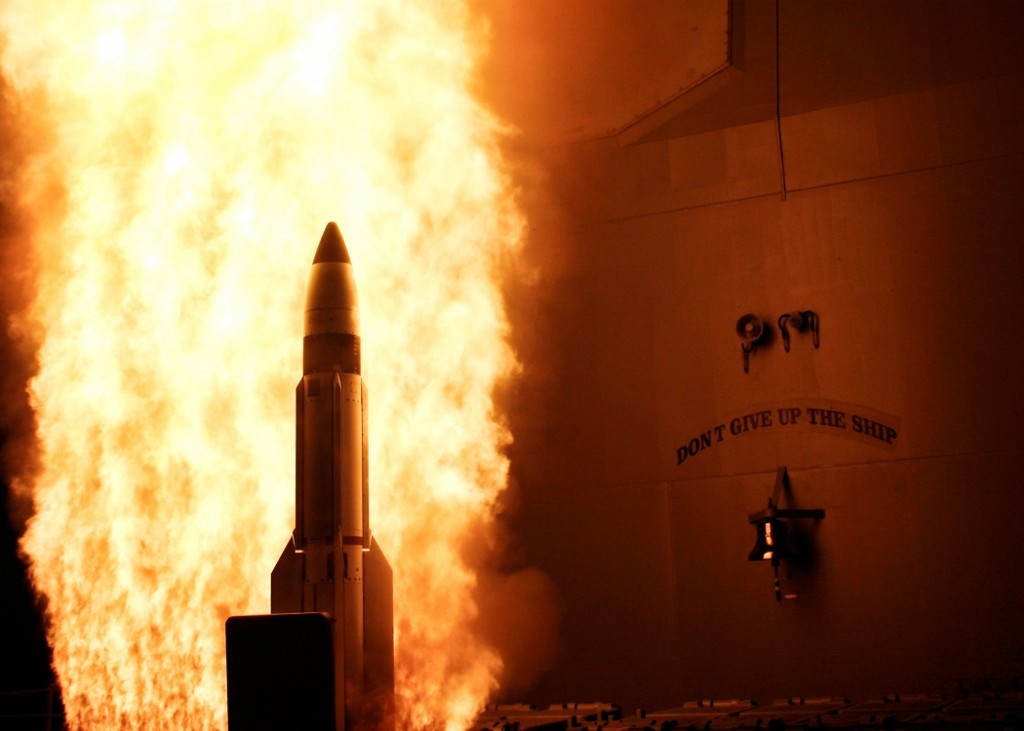5 Questions on Future War in the Pacific

In my last article, I discussed the U.S. Pacific submarine offensive during World War II. The “Silent Service”—as our submarine force came to be known as–did a great job of learning and adapting under fire to unexpected demands.
This case study is not merely of historical interest. There are lessons here relevant to the arguments presented for and against AirSea Battle. China’s own energy requirements today are clear, and especially its reliance on imported oil supplies. In 2011, China acquired 60 percent of its oil needs overseas – some 5.7 million barrels per day – and that maritime shipping imported 90 percent of that oil. China’s energy dilemma could be its Achilles’ heel — and the Chinese know it. They are seeking alternatives and storing oil to enhance their ability to withstand a crisis in supply. They also realize their supply chains are extended. Geography is very critical in this argument. The importance of islands, as a containing wall, not stepping stones, is just as clear.
While clear answers are hard to come by just from one case, history can and should inform our understanding of the present. Sometimes the best that history can do for us in thinking about the future is to generate the right questions. Thus, five questions may be drawn from this case history:
What set of capabilities are best suited to deterring an adversary from acting aggressively in the Pacific islands? In the 1930s, that question was never asked. There was never a plan for preventing a war – just Plan Orange, a plan for fighting one. To deter, one must have an understanding of what other actors feel is at risk, and what their interests and strategy might be.
What approach and investments will best reassure Allies and partners of our commitment to peace and stability in this area? 75 years ago, that question was less relevant, but it is now that we have formal treaty partners. Investments in naval capabilities or concepts must be formulated with the inputs and concerns of these allies in mind.
What capabilities are best suited to achieving military solutions efficiently in the Pacific? 75 years ago, we focused on new capabilities like aircraft carriers. We overlooked submarines, which delivered results out of proportion to the investment that the U.S. made in them. Today, submarines could be even more valuable in an age where surveillance and missile systems make surface forces easy to track.
Do we understand the critical vulnerabilities of possible adversaries in the Pacific? Are our military plans and capabilities being developed with these critical vulnerabilities in mind? Looking back 75 years, the necessity of oil tankers to sustain Japan’s economy was not identified as a critical vulnerability. We thought symmetrically (ship to ship per Mahan) instead of competitively (strength against weakness). Are we thinking competitively today?
Have we constructed adaptive naval forces, with the leadership, cultures of critical thinking and inquiry, with the learning mechanisms to adapt to new and unexpected conditions? Some 75 years ago the U.S. Navy showed that it could both learn and adapt during war. Our submarines had to develop the doctrine, intelligence, tactics and working weapons while under fire. The Japanese Navy also adapted, with better radar and Anti-sub tactics. Both, however, learned slowly. Have we created cultures that encourage the necessary flexibility and curiosity to challenge doctrine and explore alternative concepts and tactics? The Chief of Naval Operations has reinvigorated his rapid innovation cell, so I think the answer is, to some extent, affirmative. However, a culture more open to an intellectual validation of AirSea Battle and more aggressively in search of alternatives would be better proof.
Today, the U.S. Navy and Japanese maritime forces can find lessons in their respective histories about the importance of learning before wars and adapting to the unexpected – and these lessons are not limited to the role of submarines. From this we should gain an appreciation for how important it is to have leaders willing to explore change and challenge conventional wisdom in peacetime. Likewise, the role of learning mechanisms that allow military forces to refine and adapt before and during the crucible of combat is important. It behooves us to work hard to preclude operational surprise, as the history of America’s first battles suggests. As Hornfischer observes in his assessment about the U.S. Navy’s limited performance in early fights against the Japanese near Guadalcanal, “No fighting Navy had ever been so speedily and explosively educated.”
Today’s efforts should seek to ensure that tomorrow’s Navy (and Joint Force) is not brusquely educated anew at great cost. By overruling Mahan’s doctrine, by exploiting feedback loops from patrols, and by experimenting, the U.S. Navy submarines learned how to learn in the Pacific. Their contribution to success in that campaign was completely out of proportion to the investment that was made in subs. That strategic contribution to an ever increasing strangle hold on Japan’s energy life lines was critical to success. That capability, interdicting an opponent’s vulnerable economic trade, remains as important today as it was nearly 75 years ago.
F. G. Hoffman serves as a Senior Research Fellow at the Institute for National Strategic Studies, National Defense University. This article is adapted from remarks Mr. Hoffman gave at the recent National Institute for Defense Studies-sponsored history symposium at Tokyo, Japan on Sept. 25, 2013. These represent his own views and not those of the U.S. government or Department of Defense.
Photo Credit: U.S. Navy

